
Exploring the Enchanting Taal Volcano
Discover the mystique of Taal Volcano, an island within a lake on an island, offering breathtaking views, adventurous hikes, and a deep dive into nature's wonders.
Nestled in the heart of Batangas, the Taal Volcano is one of the Philippines' most iconic natural wonders. This small but active volcano is situated on an island within Lake Taal, itself located within a larger volcanic caldera. The unique, picturesque setting makes Taal Volcano a must-see destination for tourists seeking both adventure and tranquility. Visitors can take a boat ride across the tranquil waters of Lake Taal to reach the volcano island. Once there, a range of activities await, from hiking up to the crater to horseback riding along scenic trails. The view from the top is simply breathtaking, offering a panoramic glimpse of the surrounding lake and lush landscapes. The crater itself contains a stunning blue-green lake, adding to the surreal beauty of the place. Beyond its natural allure, Taal Volcano offers a glimpse into the rich geological history of the region. It’s a perfect spot for photography enthusiasts, nature lovers, and adventure seekers alike. Remember to pack light clothing, comfortable shoes, and plenty of water, as the tropical climate can be quite warm, especially during the hike.
Local tips in Taal Volcano
- Start your trip early in the morning to avoid the afternoon heat and crowds.
- Hire a local guide for an insightful and safe hiking experience.
- Bring cash as some areas may not accept credit cards.
- Wear sturdy, comfortable shoes suitable for hiking.
- Don't forget sun protection—hat, sunglasses, and sunscreen are essential.
- Check the weather forecast and volcanic activity advisories before your visit.
Exploring the Enchanting Taal Volcano
Nestled in the heart of Batangas, the Taal Volcano is one of the Philippines' most iconic natural wonders. This small but active volcano is situated on an island within Lake Taal, itself located within a larger volcanic caldera. The unique, picturesque setting makes Taal Volcano a must-see destination for tourists seeking both adventure and tranquility. Visitors can take a boat ride across the tranquil waters of Lake Taal to reach the volcano island. Once there, a range of activities await, from hiking up to the crater to horseback riding along scenic trails. The view from the top is simply breathtaking, offering a panoramic glimpse of the surrounding lake and lush landscapes. The crater itself contains a stunning blue-green lake, adding to the surreal beauty of the place. Beyond its natural allure, Taal Volcano offers a glimpse into the rich geological history of the region. It’s a perfect spot for photography enthusiasts, nature lovers, and adventure seekers alike. Remember to pack light clothing, comfortable shoes, and plenty of water, as the tropical climate can be quite warm, especially during the hike.
When is the best time to go to Taal Volcano?
Iconic landmarks you can’t miss
People's Park in the Sky
Experience breathtaking views and serene surroundings at People's Park in the Sky, Tagaytay's ultimate natural retreat for tourists.
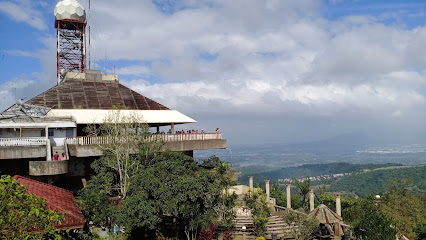
Taal Volcano Trail
Experience the breathtaking beauty of Taal Volcano Trail, a spectacular hiking destination in Batangas, Philippines, offering stunning views and rich biodiversity.
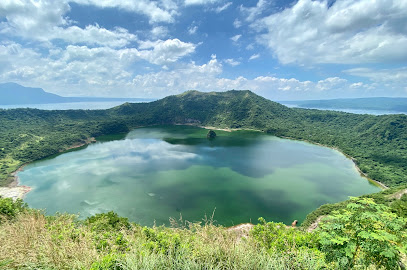
Taal Park
Explore Taal Park, a serene escape in Batangas with lush landscapes, cultural events, and stunning views, perfect for relaxation and adventure.
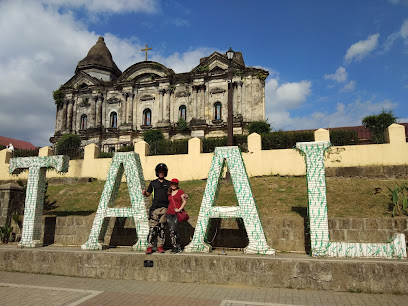
Taal Lake
Discover the breathtaking beauty of Taal Lake, a serene volcanic wonder in the Philippines perfect for nature lovers and adventure seekers.

Mount Makiling
Explore the lush trails and stunning vistas of Mount Makiling, a dormant volcano in Laguna, Philippines, perfect for nature lovers and adventure seekers.
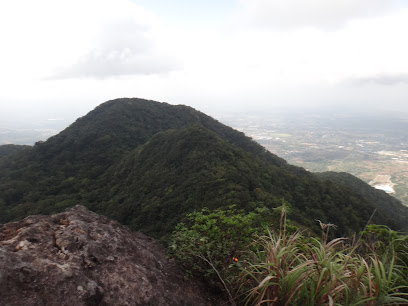
Galleria Taal
Explore the rich history of photography at Galleria Taal, the Philippines' first camera museum in the culturally vibrant town of Taal, Batangas.
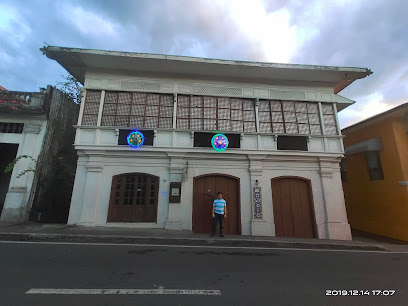
Taal Volcano Observatory
Explore the stunning Taal Volcano Observatory, where nature's beauty meets scientific insight amidst the breathtaking landscapes of Batangas, Philippines.
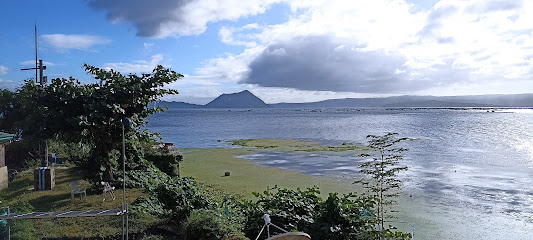
The Heritage Town of Taal
Discover the rich heritage of Taal, Batangas, where historical landmarks and vibrant local culture come together in an enchanting experience.
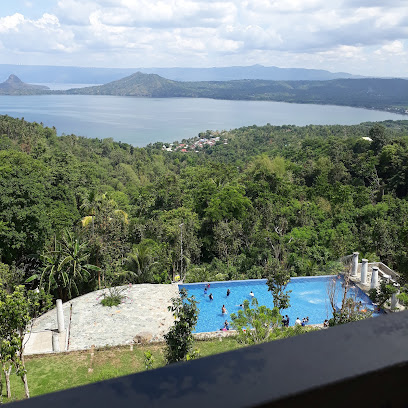
Mount Batulao Peak
Discover the breathtaking views and diverse trails of Mount Batulao Peak, a hidden gem for hikers and nature lovers in Batangas, Philippines.
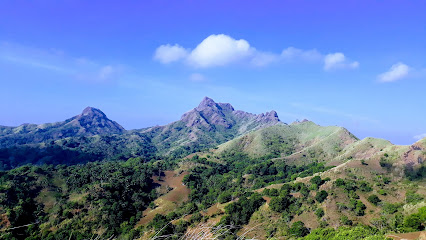
Vulcan Point
Explore the pristine beauty of Vulcan Point, a tranquil island paradise in San Nicolas, Philippines, perfect for relaxation and adventure.
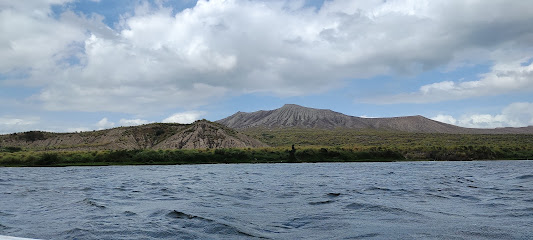
TAAL VOLCANO/LAKE BOATRIDE
Discover the breathtaking beauty of Taal Volcano and Lake with an unforgettable boat tour experience in Batangas, Philippines.
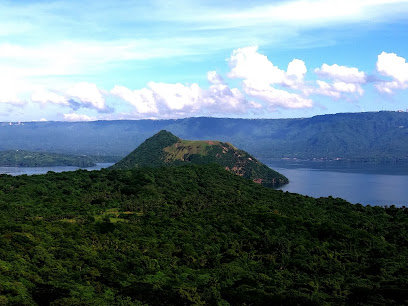
Casa Villavicencio
Discover the captivating history and architectural beauty of Casa Villavicencio in Taal, Batangas, a must-visit for history enthusiasts.
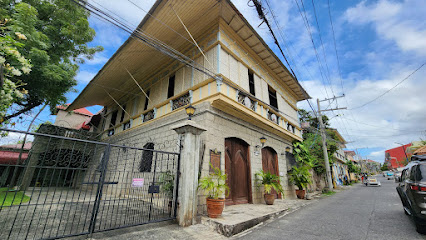
Volcano Island
Explore Volcano Island in Batangas, a stunning destination known for its active volcano, breathtaking landscapes, and rich cultural heritage.
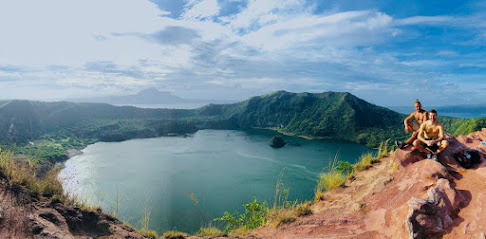
Binintiang Munti
Explore the stunning landscapes of Binintiang Munti, a hidden volcanic gem in Batangas, perfect for adventurers and nature lovers seeking tranquility.
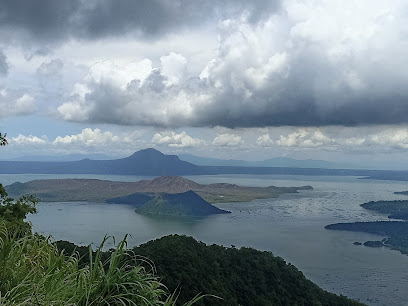
Taal Volcano View
Experience the stunning beauty of Taal Volcano View in Tagaytay, offering breathtaking landscapes and a perfect escape from the city.
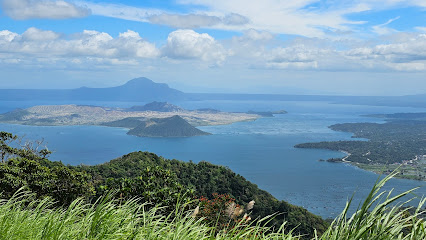
Unmissable attractions to see
Sky Ranch Tagaytay
Experience thrilling rides and breathtaking views at Sky Ranch Tagaytay, a must-visit amusement park for families and adventure seekers alike.
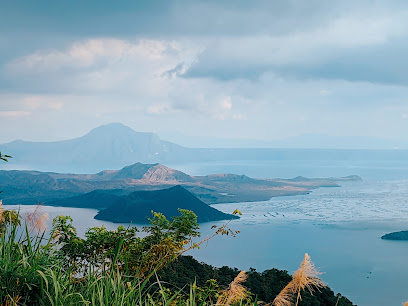
Fantasy World
Experience the enchantment of Fantasy World, a magical theme park in Batangas filled with rides, attractions, and fairy-tale charm for all ages.
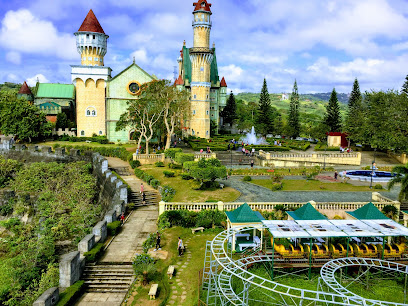
Minor Basilica of St. Martin of Tours
Discover the architectural marvel and spiritual heart of Taal at the Minor Basilica of St. Martin of Tours, a cultural gem in Batangas, Philippines.
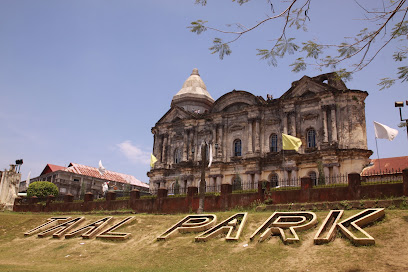
Puzzle Mansion
Explore the largest jigsaw puzzle collection at Puzzle Mansion in Tagaytay, where creativity meets captivating artistry in a picturesque setting.
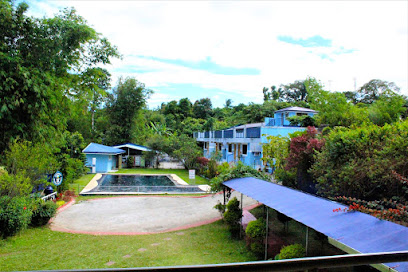
Paradizoo Theme Park
Explore the wonders of nature at Paradizoo Theme Park, where adventure, education, and family fun come together in Cavite, Philippines.

Talisay Baywalk
Discover the beauty of Talisay Baywalk, a scenic waterfront destination in Batangas ideal for relaxation, dining, and cultural experiences.
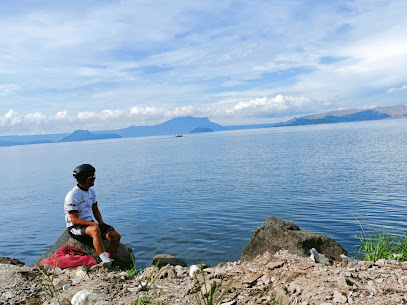
Viewtiful Ridge
Explore the stunning landscapes of Viewtiful Ridge in Tagaytay, where breathtaking views of Taal Volcano and Lake await every traveler.
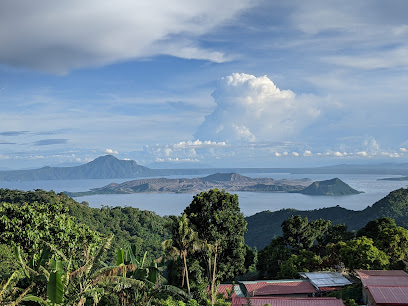
Reptiland Adventure
Discover the captivating reptilian world at Reptiland Adventure, a thrilling theme park in Alfonso, Cavite, perfect for family fun and education.

Balete Baywalk
Experience the breathtaking views and vibrant culture at Balete Baywalk in Tanauan, Batangas, a perfect retreat for nature lovers and adventurers.
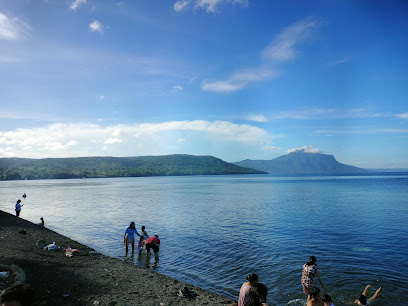
Archdiocesan Shrine & Parish of St. James the Greater
Discover spiritual serenity and cultural richness at the Archdiocesan Shrine & Parish of St. James the Greater in Ibaan, Batangas, a must-visit Catholic church.
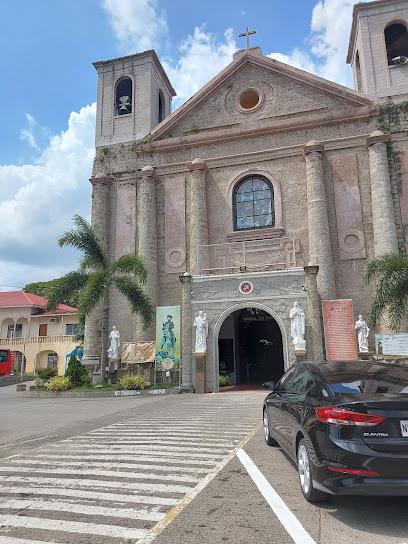
Lumampao Viewdeck
Discover the stunning vistas and serene atmosphere at Lumampao Viewdeck, a hidden gem in Cuenca, Batangas, perfect for nature lovers and photographers.
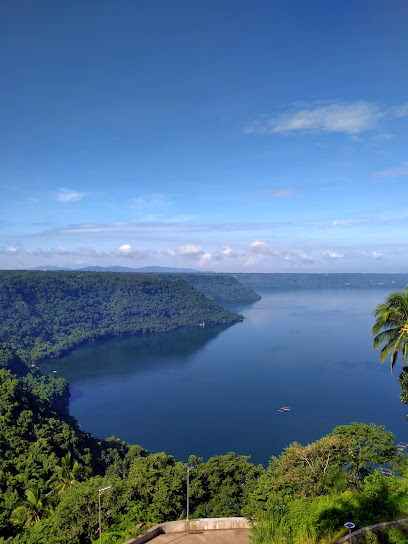
Galleria Taal
Explore Galleria Taal for a rich cultural experience in Taal, Batangas, showcasing local art and vibrant heritage.
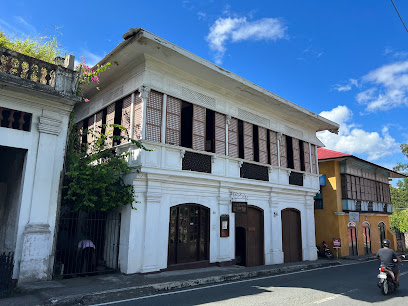
Revpal
Experience breathtaking views and serene tranquility at Revpal, a premier tourist attraction in Tagaytay, Philippines.
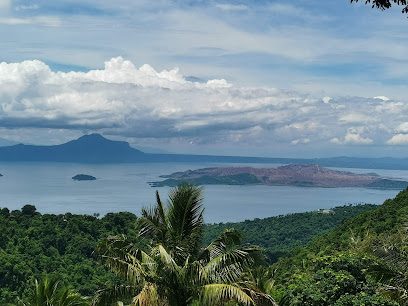
Milea Bee Farm
Discover the enchanting world of Milea Bee Farm, where organic farming meets breathtaking nature in Batangas, Philippines.
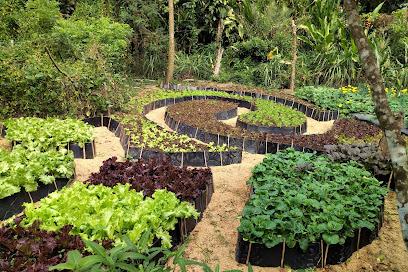
The Heritage Town of Taal
Experience the charm of Taal, Batangas, a historical landmark rich in culture, heritage, and culinary delights.
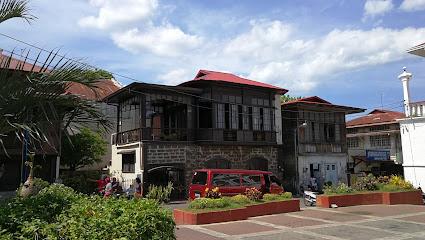
Essential places to dine
Balay Dako
Experience authentic Filipino cuisine with breathtaking views at Balay Dako in Tagaytay.
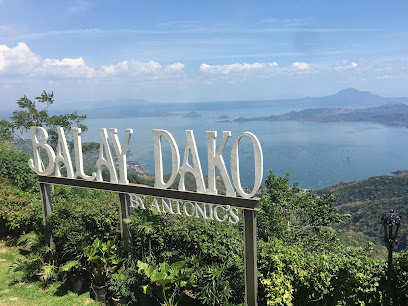
Leslie's Restaurant
Experience authentic Filipino cuisine at Leslie's Restaurant in Tagaytay while enjoying stunning views of Taal Lake.
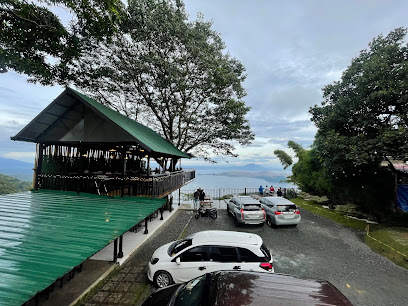
Dahon at Mesa - Tagaytay
Discover Dahon at Mesa: A perfect blend of breathtaking views and authentic Filipino cuisine in Tagaytay.
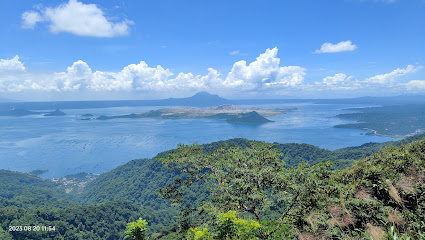
Pamana Restaurant - Tagaytay
Experience authentic Filipino flavors at Pamana Restaurant in Tagaytay with breathtaking views and warm hospitality.
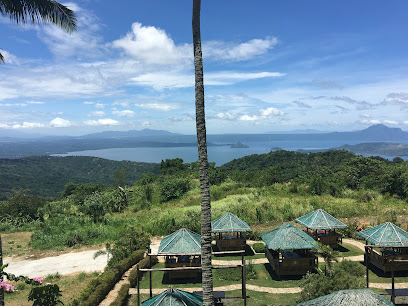
Don Juan Boodle House - Taal
Experience authentic Filipino cuisine at Don Juan Boodle House - Taal with its famous boodle feasts and warm hospitality.
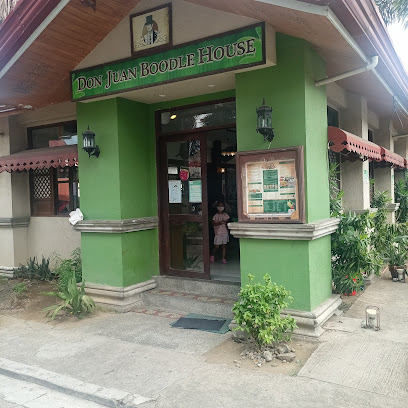
Morgano Restaurant
Experience authentic Italian and Mediterranean flavors at Morgano Restaurant in Tagaytay, where every meal comes with stunning views.
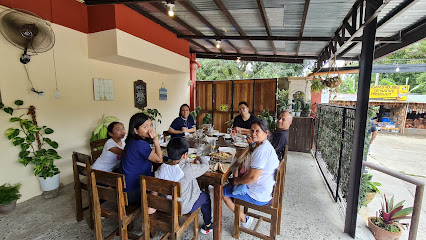
LieSil’s Restaurant & Events
Experience the best of Filipino and Italian cuisine amidst stunning views at LieSil’s Restaurant & Events in Tagaytay.
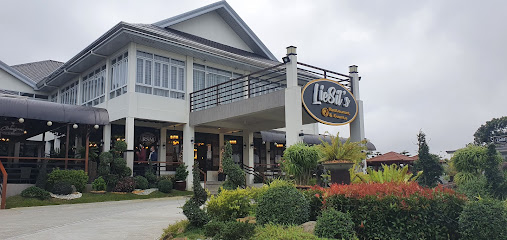
The View Restaurant • Cafe
Discover authentic Filipino flavors at The View Restaurant while enjoying breathtaking landscapes along Tagaytay-Nasugbu Highway.
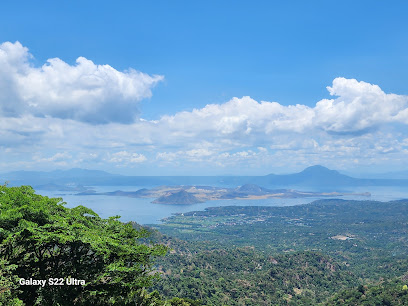
Taal Bayview Bistro Restaurant
Discover delightful Filipino cuisine at Taal Bayview Bistro while enjoying breathtaking views of Taal Lake in Batangas.
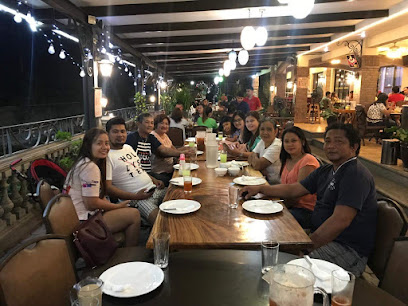
Milan's Native Food and Grill
Savor authentic Filipino cuisine at Milan's Native Food and Grill in Talisay—where every dish tells a story.
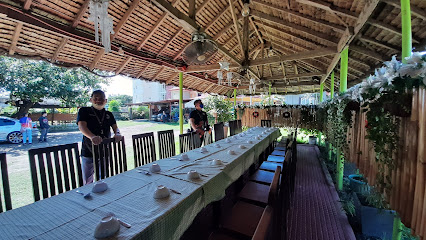
Fire Lake Grill
Experience exquisite American and European cuisine at Fire Lake Grill with breathtaking views of Taal Lake in Tagaytay.
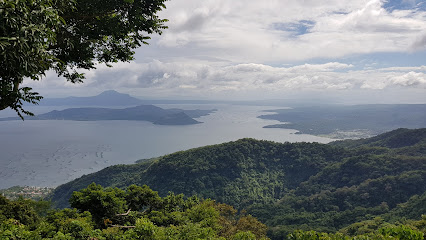
Rob's kitchen & Cafe by La Evangs Beach Resort
Experience delightful Western cuisine at Rob's Kitchen & Cafe near La Evangs Beach Resort in Taal, Batangas.
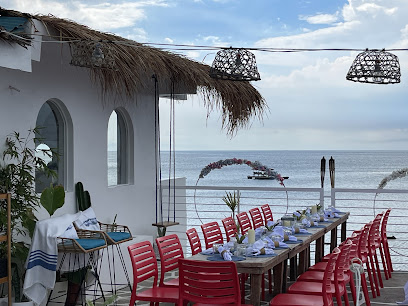
Taal Bistro
Discover authentic Filipino cuisine at Taal Bistro in Batangas - where every dish tells a story of culture and tradition.

Nanay Cirilas' Kapeng Barako
Experience authentic Filipino cuisine and rich Kapeng Barako coffee at Nanay Cirilas in Tagaytay—where tradition meets breathtaking views.
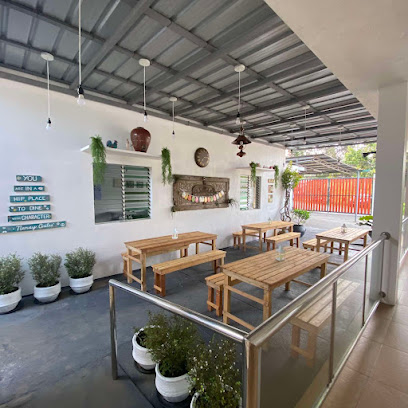
Arko de Taal
Discover authentic Filipino cuisine at Arko de Taal with stunning views of Taal Volcano - an unforgettable dining experience awaits!
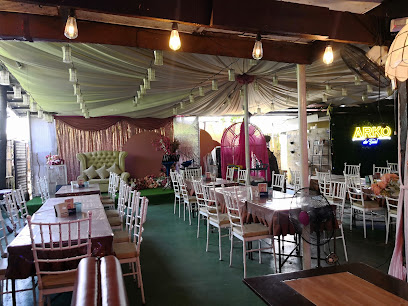
Markets, malls and hidden boutiques
Starbucks - Twin Lakes Tagaytay
Discover the perfect blend of great coffee and stunning views at Starbucks - Twin Lakes Tagaytay, your serene getaway in Batangas.
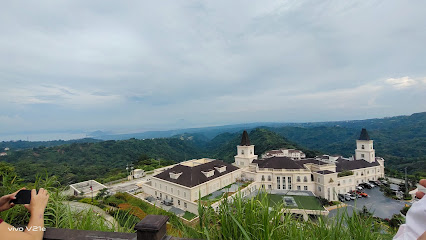
Taal Volcano Trail
Explore the breathtaking Taal Volcano Trail, where stunning vistas meet vibrant local culture in the heart of Batangas.
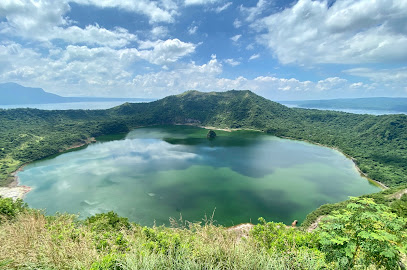
Dali Everyday Grocery, Subic Ibaba, Agoncillo, Batangas
Discover local flavors and quality products at Dali Everyday Grocery in Agoncillo, Batangas - where affordability meets community charm.
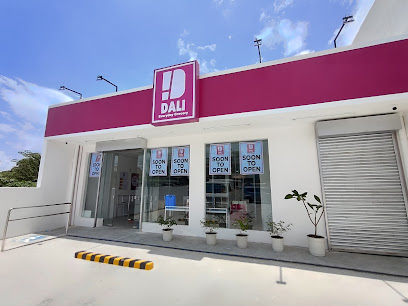
Puregold Public Market Talisay, Batangas
Discover local flavors and vibrant market life at Puregold Public Market in Talisay, Batangas - a must-visit for every traveler.
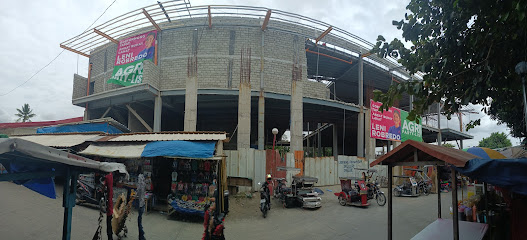
Dali Everyday Grocery, Leynes, Talisay, Batangas
Discover the flavors of Batangas at Dali Everyday Grocery, where local produce meets authentic Filipino snacks in Talisay.

Taal volcano
Discover Taal Volcano: A stunning hiking destination with breathtaking views and rich volcanic history in Batangas, Philippines.
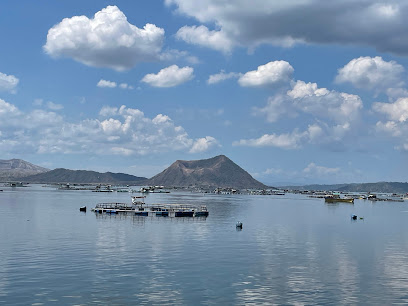
Pan de Manila
Experience the heart of Tagaytay at Pan de Manila, where artisanal bread and pastries meet delightful local flavors in a cozy atmosphere.

Aurorable Fashion
Explore a world of creativity at Aurorable Fashion, Tanauan's premier costume store offering a wide selection for all occasions.
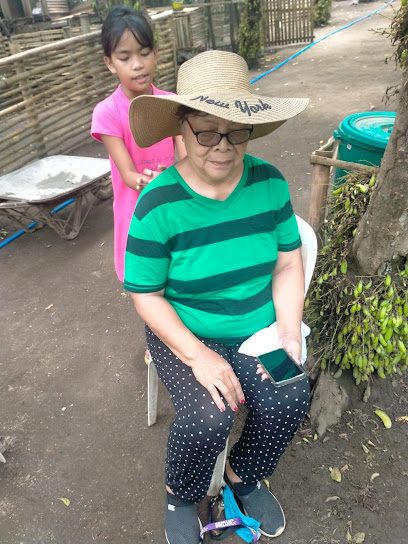
Paz Store
Discover authentic Filipino flavors at Paz Store in Talisay, where local produce and snacks come together in a charming grocery experience.
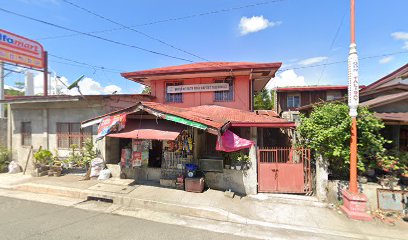
Kultura Filipino - Taal Vista , Tagaytay
Explore Kultura Filipino in Tagaytay for authentic souvenirs showcasing the rich culture and artistry of the Philippines, perfect for every traveler.

C Boutique by Cristina
Discover unique fashion and local style at C Boutique by Cristina in Agoncillo Public Market, Batangas, a must-visit for every traveler.

Charles Boutique Shop
Explore the charm of Charles Boutique Shop in Santa Teresita, Batangas, where unique handcrafted treasures await every tourist.
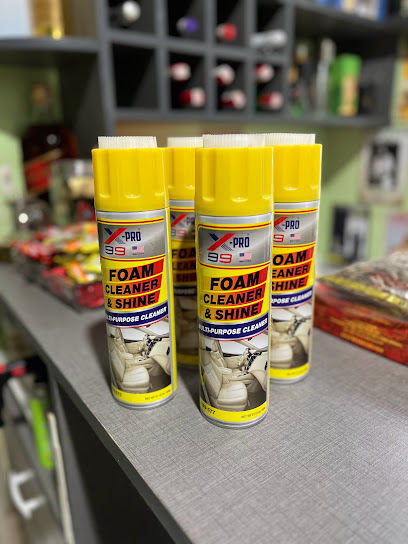
Luna
Explore stylish and functional bags at Luna Bag Shop in Talisay, Batangas, where fashion meets quality craftsmanship in a charming setting.
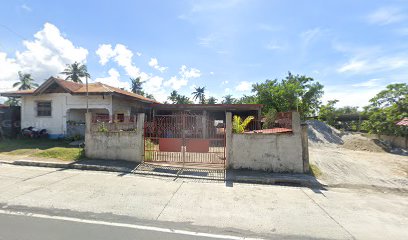
Kultura Butik
Discover the charm of Filipino fashion at Kultura Butik, Tagaytay’s premier boutique for unique clothing and accessories.
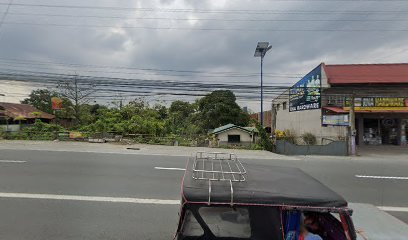
Sportify
Explore Sportify in Laurel, Batangas – a treasure trove of unique thrift finds and sustainable fashion options for savvy travelers.
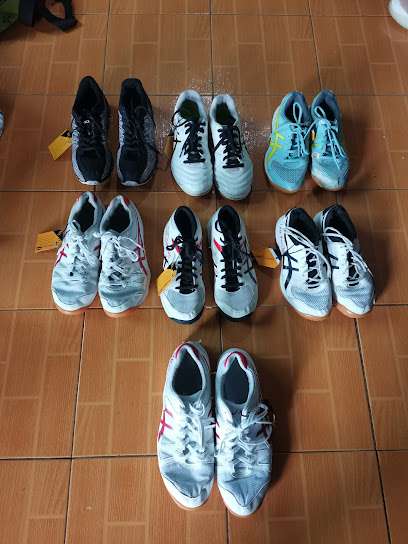
Essential bars & hidden hideouts
CliffView Bar & Restaurant
Experience breathtaking views and delectable dishes at CliffView Bar & Restaurant in Cavite, the perfect dining destination for tourists.

Farmer’s Table Tagaytay
Experience the best of Filipino cuisine with fresh farm-to-table dishes at Farmer’s Table Tagaytay, surrounded by breathtaking views and warm hospitality.
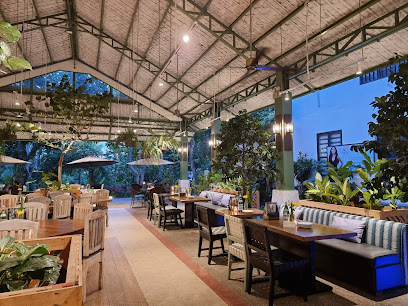
The Unknown Cafe, Bar and Restaurant
Discover the culinary charm of The Unknown Cafe, Bar, and Restaurant in Silang, offering a delightful menu and vibrant atmosphere for every diner.
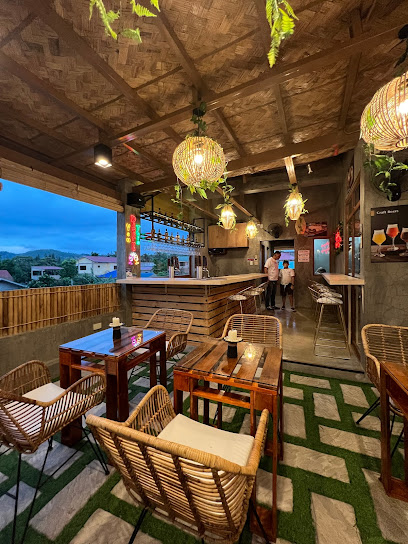
Papa Doms Bar and Restaurant - Tagaytay
Experience the best of Tagaytay at Papa Doms Bar and Restaurant, where delectable dishes meet breathtaking views.
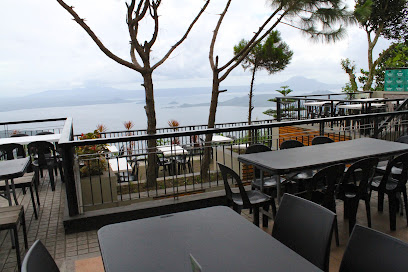
Cabanas Dine and Bar
Discover the flavors of Tagaytay at Cabanas Dine and Bar, where local cuisine meets stunning views in a vibrant atmosphere.
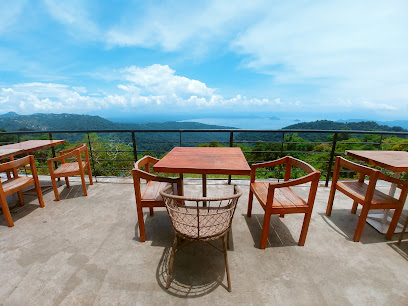
Tap Station Tagaytay
Discover the vibrant taste of craft beer and delicious cuisine in Tagaytay's beloved brewpub, Tap Station, where every sip and bite tells a story.
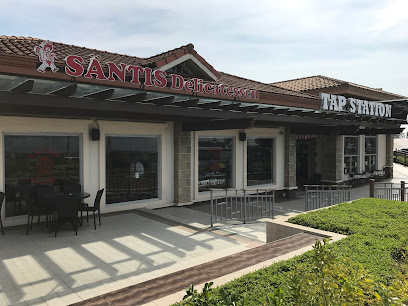
PUSO Grill and Restobar
Discover the flavors of Filipino cuisine at PUSO Grill and Restobar in Tagaytay, where local ingredients meet breathtaking views.
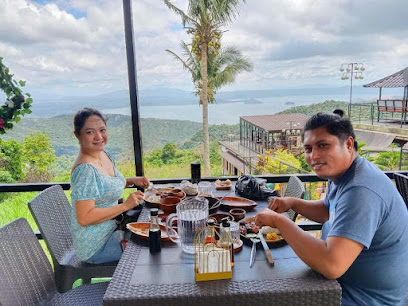
The Peak Bar & Restaurant
Experience exquisite dining at The Peak Bar & Restaurant in Tagaytay, where breathtaking views meet culinary excellence.
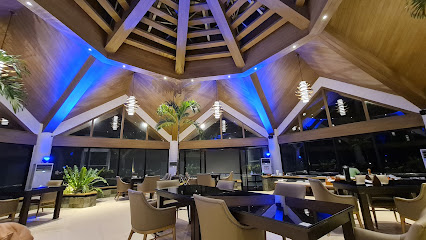
Skypiea Rooftop Bar & Kitchen
Discover the enchanting Skypiea Rooftop Bar & Kitchen in Tagaytay, where breathtaking views meet exquisite dining in a uniquely themed atmosphere.
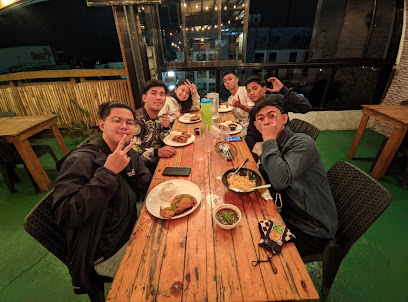
Craftbeer Sanctuary
Experience the best of local and international craft beers at Craftbeer Sanctuary in Tagaytay, where relaxation meets great taste.

Lighthouse bar and restaurant
Experience the vibrant nightlife of Tagaytay at the Lighthouse Bar and Restaurant, where live music meets exquisite dining.
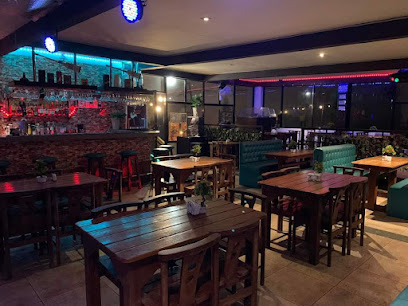
Kapitan Silog Tagaytay
Discover Kapitan Silog Tagaytay, where Filipino breakfast delights and refreshing drinks meet stunning views in a vibrant bar atmosphere.
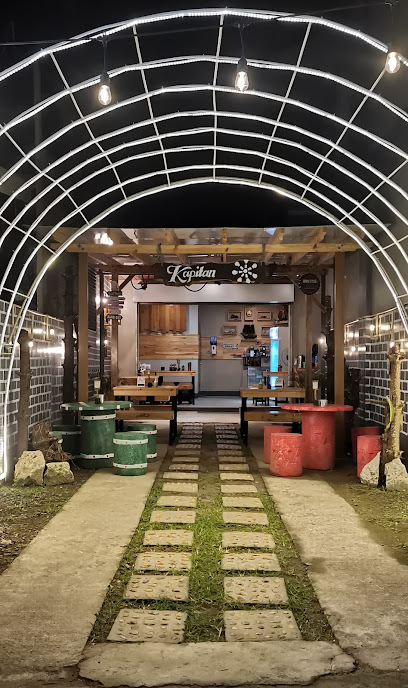
Cha Eun Woo Bar
Experience the vibrant atmosphere at Cha Eun Woo Bar in Taal, Batangas, where refreshing drinks meet stunning views and local charm.

ARCANE PH
Discover the vibrant nightlife of Tagaytay at ARCANE PH, a bar offering stunning views and expertly crafted cocktails.
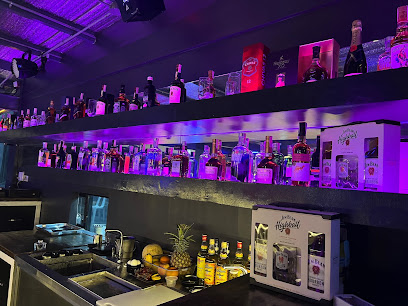
Taaleños sports bar and grill
Discover the vibrant nightlife at Taaleños Sports Bar and Grill, where delicious food and refreshing drinks create unforgettable memories in Taal.
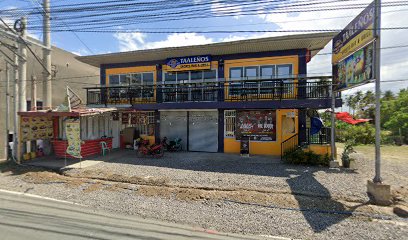
Local Phrases about Taal Volcano
-
- HelloKamusta
[ka-mus-ta] - GoodbyePaalam
[pa-a-lam] - YesOo
[o-o] - NoHindi
[hin-di] - Please/You're welcomeMangyaring
[man-gya-ring] - Thank youSalamat
[sa-la-mat] - Excuse me/SorryPaumanhin
[pa-u-man-hin] - How are you?Kamusta ka?
[ka-mus-ta ka] - Fine. And you?Mabuti. Ikaw?
[ma-bu-ti. i-kaw] - Do you speak English?Nagsasalita ka ba ng Ingles?
[nag-sa-sa-li-ta ka ba ng ing-gles] - I don't understandHindi ko maintindihan
[hin-di ko main-tin-di-han]
- HelloKamusta
-
- I'd like to see the menu, pleaseGusto ko sanang makita ang menu, pakiusap
[gus-to ko sa-nang ma-ki-ta ang me-nu, pa-ki-u-sap] - I don't eat meatHindi ako kumakain ng karne
[hin-di a-ko ku-ma-kain ng kar-ne] - Cheers!Tagay!
[ta-gay] - I would like to pay, pleaseGusto ko sanang magbayad, pakiusap
[gus-to ko sa-nang mag-ba-yad, pa-ki-u-sap]
- I'd like to see the menu, pleaseGusto ko sanang makita ang menu, pakiusap
-
- Help!Tulong!
[tu-long] - Go away!Lumayo ka!
[lu-ma-yo ka] - Call the Police!Tawagin ang Pulis!
[ta-wa-gin ang pu-lis] - Call a doctor!Tawagin ang doktor!
[ta-wa-gin ang dok-tor] - I'm lostNawawala ako
[na-wa-wa-la a-ko] - I'm illMay sakit ako
[may sa-kit a-ko]
- Help!Tulong!
-
- I'd like to buy...Gusto ko sanang bumili ng...
[gus-to ko sa-nang bu-mi-li ng] - I'm just lookingNagmamasid lang ako
[nag-ma-ma-sid lang a-ko] - How much is it?Magkano ito?
[mag-ka-no i-to] - That's too expensiveMasyadong mahal iyan
[ma-sya-dong ma-hal i-yan] - Can you lower the price?Pwede mo bang ibaba ang presyo?
[pu-we-de mo bang i-ba-ba ang pre-syo]
- I'd like to buy...Gusto ko sanang bumili ng...
-
- What time is it?Anong oras na?
[a-nong o-ras na] - It's one o'clockAlas-una na
[a-las-u-na na] - Half past (10)Alas-dyes y medya
[a-las-dyes y med-ya] - MorningUmaga
[u-ma-ga] - AfternoonHapon
[ha-pon] - EveningGabi
[ga-bi] - YesterdayKahapon
[ka-ha-pon] - TodayNgayon
[nga-yon] - TomorrowBukas
[bu-kas] - 1Isa
[i-sa] - 2Dalawa
[da-la-wa] - 3Tatlo
[tat-lo] - 4Apat
[a-pat] - 5Lima
[li-ma] - 6Anim
[a-nim] - 7Pito
[pi-to] - 8Walo
[wa-lo] - 9Siyam
[si-yam] - 10Sampu
[sam-pu]
- What time is it?Anong oras na?
-
- Where's a/the...?Nasaan ang...?
[na-sa-an ang] - What's the address?Ano ang address?
[a-no ang ad-dres] - Can you show me (on the map)?Pwede mo ba akong ipakita (sa mapa)?
[pu-we-de mo ba a-kong i-pa-ki-ta sa ma-pa] - When's the next (bus)?Kailan ang susunod na (bus)?
[kai-lan ang su-su-nod na bus] - A ticket (to ....)Isang tiket (papuntang ....)
[i-sang ti-ket pa-pun-tang]
- Where's a/the...?Nasaan ang...?
History of Taal Volcano
-
Taal Volcano is one of the most active volcanoes in the Philippines, located on the island of Luzon. It is part of the Pacific Ring of Fire, a region known for its seismic activity. Taal is unique due to its geological structure; it is a caldera volcano with a lake, Taal Lake, filling its caldera. The origins of Taal Volcano can be traced back to multiple explosive eruptions over the last 500,000 years, which helped shape its current form.
-
Before Spanish colonization, the area around Taal Volcano was inhabited by indigenous groups. These early settlers lived in harmony with the land, utilizing the rich volcanic soil for agriculture. The volcano's presence was deeply ingrained in their culture and folklore, often perceived as a powerful deity that needed to be respected and revered.
-
When Spanish explorers arrived in the 16th century, they were struck by the beauty and fertility of the Taal region. The Spanish established the town of Taal in 1572, which was initially located along the shores of Taal Lake. However, due to the threat of volcanic eruptions, the town was later moved to its current location. The Spanish also introduced Christianity, and the Basilica of St. Martin de Tours in Taal is a testament to this era.
-
One of the most catastrophic eruptions in Taal's history occurred in 1754. This event lasted for several months, from May to December, and drastically altered the landscape. The eruption led to the destruction of numerous villages around Taal Lake and significantly impacted the local population. The town of Taal itself had to be relocated due to the devastation.
-
During the American colonial period in the early 20th century, Taal Volcano remained a site of interest for both scientific study and tourism. The United States Geological Survey conducted various studies to understand the volcano's activity better. During World War II, the area around Taal saw some military action, but the volcano itself remained largely unaffected by the conflict.
-
In recent years, Taal Volcano has continued to be closely monitored by the Philippine Institute of Volcanology and Seismology (PHIVOLCS). The most recent significant eruption occurred in January 2020, causing massive evacuations and widespread ashfall. Despite the dangers, Taal remains a popular tourist destination, attracting visitors with its breathtaking views and the unique experience of visiting a volcano within a lake on an island.
-
Taal Volcano is not just a natural landmark but also a cultural icon. It has inspired numerous works of art, literature, and music in the Philippines. The volcano is a symbol of both beauty and danger, embodying the resilience and adaptability of the Filipino people. Festivals and local traditions often incorporate elements that pay homage to Taal, reflecting its enduring presence in the cultural landscape.
Taal Volcano Essentials
-
Taal Volcano is located in Batangas, approximately 60 kilometers south of Manila, Philippines. The most convenient way to reach Taal Volcano is by road. From Manila, you can hire a private car or take a bus bound for Tagaytay City, which is the nearest major city to Taal Volcano. The journey typically takes around 1.5 to 2 hours. From Tagaytay, you can take a jeepney or tricycle to Talisay, where you can hire a boat to take you to Taal Volcano Island.
-
Within the Taal Volcano area, transportation options include tricycles and boats. Tricycles are a common mode of transport in Talisay and Tagaytay. To reach the volcano itself, you will need to hire a boat from Talisay. Once on the island, you can choose to hike to the crater or hire a horse for the ascent. Public transportation like buses and jeepneys are available for travel between towns, but for convenience and flexibility, hiring a private car is recommended.
-
The official currency in the Philippines is the Philippine Peso (PHP). Credit cards are accepted in many hotels, restaurants, and larger shops in Tagaytay and Talisay, but it is advisable to carry cash, especially for small establishments and boat rentals. ATMs are available in Tagaytay, but it is wise to withdraw sufficient cash before heading to Talisay and Taal Volcano Island.
-
Taal Volcano is generally a safe destination, but standard travel precautions should be taken. Avoid visiting the volcano during periods of volcanic activity, which are monitored and reported by the Philippine Institute of Volcanology and Seismology (PHIVOLCS). In Tagaytay and Talisay, stay vigilant in crowded places to avoid petty theft. Avoid walking alone at night in unfamiliar areas.
-
In case of emergency, call 911 for immediate assistance. There are local police stations and medical facilities in Tagaytay and Talisay. It is recommended to have travel insurance that covers medical emergencies and natural disasters. For minor health issues, pharmacies are available in Tagaytay, where you can purchase over-the-counter medications.
-
Fashion: Do wear comfortable and sturdy footwear for hiking. Dress in light, breathable clothing, but bring a jacket for cooler weather in Tagaytay. Religion: Respect local customs and traditions, especially when visiting churches. Public Transport: Do be polite and respectful to drivers and fellow passengers. Don't eat or drink on public transport. Greetings: Do greet locals with a smile or a simple 'Hello' or 'Kumusta.' Eating & Drinking: Do try local delicacies and accept food offerings graciously. Don't refuse hospitality, as it is considered impolite.
-
To experience Taal Volcano like a local, visit early in the morning to avoid crowds and enjoy a peaceful hike. Engage with local boatmen and guides who can share interesting stories and insights about the volcano. Don’t miss trying the local specialty 'Bulalo,' a beef marrow stew, in Tagaytay. For a unique experience, try horseback riding to the crater and enjoy the scenic views along the way.
Trending Landmarks in Taal Volcano
Nearby Cities to Taal Volcano
-
Things To Do in Manila
-
Things To Do in Subic
-
Things To Do in Angeles City
-
Things To Do in Boracay
-
Things To Do in Baguio
-
Things To Do in Legazpi
-
Things To Do in Sagada
-
Things To Do in Vigan
-
Things To Do in Ilocos Norte
-
Things To Do in Cebu City
-
Things To Do in Puerto Princesa
-
Things To Do in Bohol
-
Things To Do in Palawan
-
Things To Do in Camiguin
-
Things To Do in Siargao








